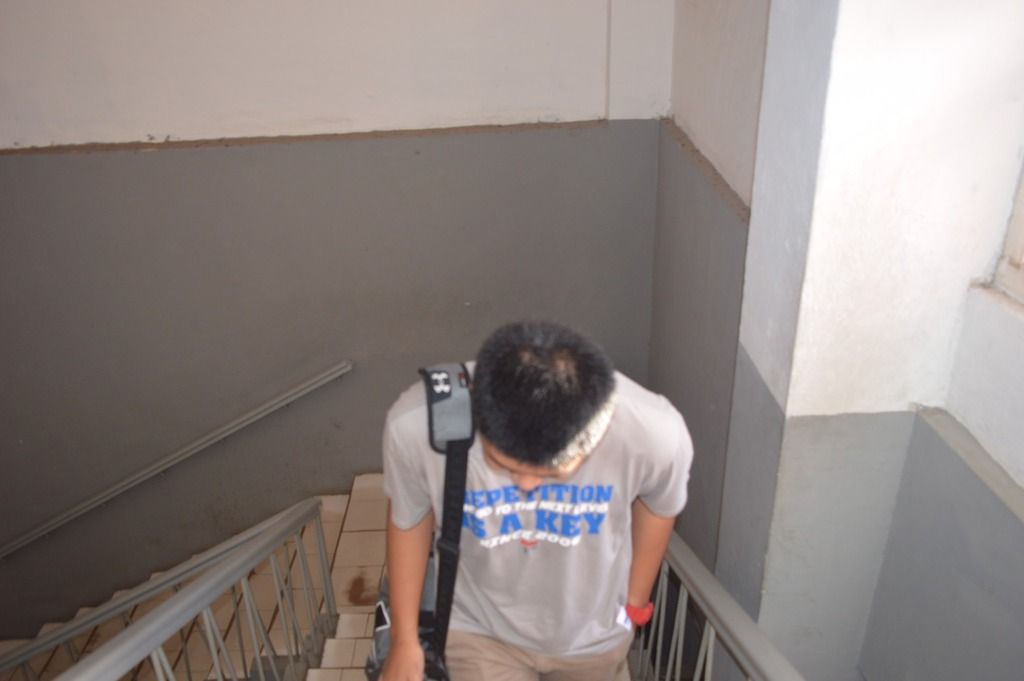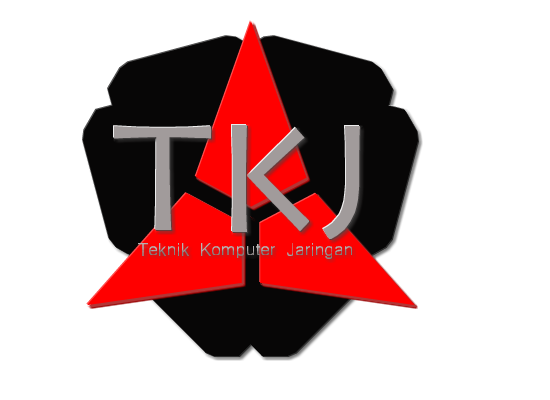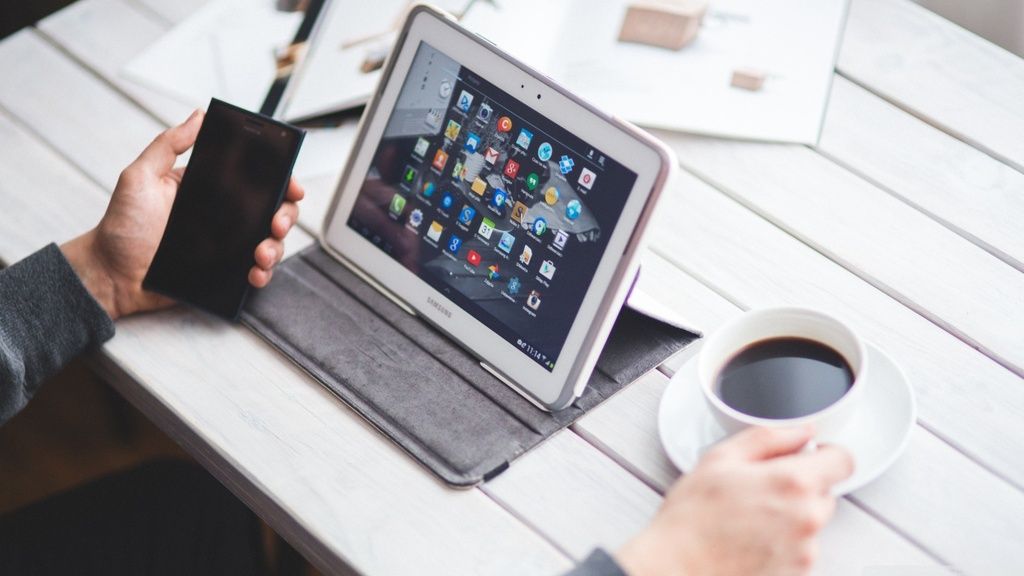Understanding and exploiting idiosyncrasy in the use of ICT devices such as tablets Setting the background.
Ina Fourie
Department of Information Science, University of Pretoria, Pretoria,
South Africa
1. Introduction
The abundance of information and new developments we all face, especially regarding
information communication technology (ICT) devices is nothing new. Mobility in
communication and accessing information, and ubiquitous devices, are no longer
novelties. Neither are our fears for information overload and claims of despair on being
unable to keep up, frustration in moving from one device to the next, and concern about
the widening gap in the digital divide – especially the grey digital divide (i.e. the
elderly) who are considered to be mostly less techno-savvy (Morris et al., 2007).
Amazingly enough there always seems to be somebody who is keen and able to fill
the gaps in knowledge created by such developments, or who for some or other reason,
is “forced” to take up the challenge. Here I am thinking of the excellent columns
presented by Phil Bradely, Peggy Anne Salz and many others writing on technological
issues. I am thinking of the books in the The Accidental series published by
Information Today and the TECH Set by Facet Publishing. The emphasis is mostly on
“how to use”, the purposes for which something can be used, and the technological
strengths. Although valuable, this is, however, not sufficient considering the spectrum
of developments and possibilities we face.
We are encouraged to use ICT according to its projected purposes and strengths. The
emphasis is on technological skills, pressing the right buttons and making the right clicks.
It is on understanding the devices. In a society driven by the need to increase innovation,
productivity, and competitive edges, and where words such as “user empowerment”,
“consumer empowerment”, “shared decision-making”, “informed decisions” and “reaching
one’s full potential” is at the order of the day, it seems timely to reflect on whether we need
to look further than the Net Generation and gurus in ICT for ideas on making the most of
ICT devices – in fully exploiting the information spaces and information horizons they can
open and finding a “life-fit” with such devices. The terms “information spaces” and
“information horizons” have been raised in the Information Behaviour literature
(Sonnenwald, 1999) and will be explored in more detail in a next paper. My inspiration for
referring to finding a “life-fit” with ICT comes from the work of Selwyn (2004).
This paper will set the scenario for reflecting on exploiting unique contributions or
idiosyncrasies in the use of ICT devices by considering the full spectrum of people
using it. It argues the importance of allowing people to draw on their own choices and
experiences in using ICT devices and to share this with others. It will argue that people
who are often considered to be less techno-savvy than the Net generation can add value
to how we find a “life-fit” with ICT and adding value to the use of the latest devices. As
background the paper will consider the following: what happens if new ICT devices
come on the market, our current focus in studying the use of ICT devices, the danger of
being too side-tracked by the Net Generation, and the value of considering
idiosyncrasy and eventually life-world and life-experience in fully exploiting ICT
devices and finding “life-fits”. In conclusion it will refer to how we might be able to
draw on the literature of Information Behaviour and the Learning Sciences (especially
Andragogics) for further reflection.
2. What happens if new ICT comes on the market?
As soon as a new ICT device appears it is described in terms of the design and how it is
marketed (i.e. the advertisements, marketing documents, official manuals and guidelines),
as well as the reviews reflecting on the capacity, features and shortcomings. I am
mentioning a few examples only: smart phones, mobiles, podcasting devices, tablets,
e-book readers, and ultrabooks; all on which numerous reviews can be found on the web
and in publications such as PC Magazine and PC Format.
We perhaps have time to do a few studies on how people such as the users of library
and information (LIS) services, LIS professionals themselves, or others, such as
professional groups (teachers, plastic surgeons, cardiologists) are using the latest ICT.
From the many available reports I am mentioning a few only to stress the point:
Johnstone (2011) reports on mobile learners and libraries, Medeiros (2010) on iPads and
LHT
30,2
360
Downloaded by Telkom University At 00:40 04 December 2018 (PT)
interlibrary lending, Wong (2012) on the suitability of mobile platforms, Freshwater
(2011) on iPhone and iPad applications for plastic surgeons, Little (2011) on smart
phones and mobile technologies in academic libraries, Mashman (2011) on the use of
iPads in cardiology ... and the most interesting reference I came across: Smith (2011)
reporting in The New Scientists on apps for apes in an article titled “orang-utans get
appy”. Even here the focus is on how they reacted to the iPads: “orang – utans went
bananas”, and “ ... he threw up his hands and clapped”... . And then there is a new
device on the market and a new buzzword to become acquainted to.
The focus is on how to influence people in using ICT. When considering the older
generation, and especially the elderly, it is about training them and getting them on
board in using ICT; changing their attitude. It is about the use of the technology, the
adoption, suitability for various contexts, and how it can change people’s lives.
3. Interest in the Net Generation’s use of technology
We are keen to see how the Net Generation (also referred to as the Net Gen, Google
Generation, Generation Y or millennials) growing up with computers and the internet,
is using the latest ICT, and to learn from them. Blackburn (2011) reports on their
adoption of new technologies in libraries through the diffusion of innovation process,
while Autry and Berge (2011) report on bringing the different generations together.
Effective use of ICT is strongly associated with the multiplicity of skills and
attitudes of the Net Generation. “Digital natives are often said to be ‘hardwired’ to think
from a technological perspective” (Autry and Berge, 2011, p. 463). We are concerned
about their often uncritical acceptance of information, superficial and quick reading.
Yet their easy adoption and intuitive use of new ICT devices is the envy of numerous
parents and senior colleagues who consider themselves to be less techno-savvy. They
are seen as the early adopters of ICT. This is stressed by Blackburn (2011, p. 675):
[...] millennial librarians are the innovators and early adopters through which technology is
diffused into libraries ... Through their unique technology-driven characteristics and
personality traits, these librarians are more likely to become change agents or surrogate
buyers for their libraries as part of the innovation process.
It is easy to get the perception that they are the ones to drive innovation, and that they
may be the group who needs to set the tone in the use of ICT devices. Although their
input is certainly very important, the question arises: are they the only ones that can
contribute to innovative use of ICT? May there perhaps be more insight to be gained if
we consider a wider spectrum of people and how they use ICT? What shall we call
these people: “more mature users”, “older users” (not necessarily the elderly) or the
“users with a richer life-world and life-experience”?
May we perhaps by focusing too much on ICT knowledge and skills, and imitating
the younger generation, miss out on a wealth of possibilities? Are we perhaps
depriving ourselves of richer experiences and benefits from ICT devices? The terms
“information space” and “information horizons” mentioned in the literature of
Information Behaviour (Sonnenwald, 1999) leave the impression of a very wide scope
in dealing with information and information sharing. This is something to work
towards if we consider the demands of current day society as sketched in the
Introduction. A good point of departure may be to start with finding “life-fits” for ICT
(Selwyn, 2004). Tablets seem to offer many possibilities.
4. Finding a “life-fit” with my tablet
When acquiring a tablet I started wondering about the change in my life. For the first
time, for me, I really had the feeling of empowerment and achievement that could be
contributed to the use of technology – I can do things I could not do before. I can
manage my life by having numbers and names, notes, reminders, decisions taken at a
meeting, maps, the Bible, and translations for words in French, German and Spanish at
the touch of a button. I have the Oxford Dictionary at hand; photos of my son’s
wedding; even a few photos of my twin sons as babies. I feel confident. I experience less
stress when going from point A to point B – I can follow every step on my tablet. I can
immediately check the picnic menu offered at a wine farm. I can read a textbook on an
eight-hour day flight; enlarging the text I don’t need to fiddle around for reading
glasses. I don’t need to pay extra because my luggage is overweight for carrying
textbooks and articles around on a conference trip. I am happy about my choice of
applications (apps) on my tablet. It somehow reflects me, and the way I like to do
things. It reflects my preferences and style. I listen to what younger colleagues are
using and how they are using it. I learn from them, but I think “I also can contribute
something”. It is not always so easy for me to figure out which points to touch ... but
somehow I get by, and I think my spectrum of applications, and those to be added,
might reflect a richer picture of the life-world faced by working professionals trying to
find a balance with everyday life responsibilities. I have a richer spectrum of work and
research experience to draw on. My tablet reflects my idiosyncrasy in using it ... and I
might just be better equipped, to widen the information space and the information
horizons than some of my younger colleagues (This can be further explored in another
paper drawing on the Learning Sciences and adult learning theories (Andragogics)).
This brought me to this column theme: reflecting on how we can exploit
contributions from people with a richer life-world and life-experience to enhance the
use of ICT devices. I think it is time to consider the full spectrum of people that is using
ICT and what they can contribute on innovative use, and also how this can be used to
help more people to gain confidence in what they can contribute. Knowing which
buttons to press and technical skills are important, but so is the ability for each person
to draw on his/her life-world and life experiences to find unique ways of using
technology. Selwyn (2004) refers to a “life-fit”. I would like to add “idiosyncrasy” and
“idiosyncrasies” – bringing that what might be unique and different to the table – or
more specifically the tablet (For me this is an innovation with endless possibilities for
unique and idiosyncratic use.)
4.1 How do we approach ICT and older people?
Before arguing a different approach, first a few words on how we currently approach
ICT adoption and ICT skills by older people. Numerous reports have appeared on
teaching ICT skills. Fourie and Krauss (2011) offer an extensive review on teaching
ICT and internet focused information literacy skills to teachers in developing
communities. The literature focuses mostly on how: how we can teach people, how we
can tell them to use technology, how we can influence them and change their habits,
how they can learn from others, and how we can get them to accept the use of
technology. Freddolino et al. (2011) report on using peer tutors to teach older adults
about technology, Hanson (2010) on influencing technology adoption by older adults,
and Sang et al. (2010) on thinking processes. Few, such as Bailey and Sheehan (2009),
LHT
30,2
362
Downloaded by Telkom University At 00:40 04 December 2018 (PT)
report on their views. They wrote on the “Technology, older person’s perspectives and
the anthropological ethnographic lense”.
By focusing on before-mentioned issues we are trying to include older people in the
use of ICT; we try to lessen the gap in bridging the digital divide by understanding the
barriers and challenges they face (e.g. lack of time to learn and practice skills,
insufficient skills, inadequate internet access). Teaching approaches build on
behaviourism and constructivism. Although teaching older people concerns adult
learning, there is limited reference to adult learning theories and Andragogics. Guistini
(2009) is one of few to dwell on the utilisation of learning theories, including adult
learning theories.
The term “Andragogics” was introduced by Malcolm Knowles. “If in an educational
situation an adult’s experience is ignored, not valued, not made use of, it is not just the
experience that is being rejected, it is the person” (Knowles et al., 2005, cited by
Gerding, 2007, p. 225). Although the use of ICT has been connected to emotion,
accomplishment, priorities, and dealing with isolation, there is not much evidence of
how we actually learn from people’s use to enrich a wider spectrum of users: of
enriching “life-fits” and widening “information horizons”.
Tablets, more than any of the preceding technologies and devices, seem to offer the
opportunity to encourage a wider spectrum of people to contribute. This is well
captured in the words of Mashman (2011) on the intuitive nature and accessibility of
iPads (Apple’s tablet brand): “The human interface of the device is very friendly,
simple, and attractive. It feels like it wants to invite you in, and it seems to be expecting
you”. The physical appearance of an iPad is described as “lean and mean”; it can slip
into a handbag or it can elegantly be carried as a notebook. A perfect device for “users
with a richer life-world and life-experience” to be encouraged to explore in finding a fit
with their experiences, needs, preferences, etc., to share with others and to have
confidence in the contribution they can make.
4.2 Considering idiosyncrasy in the use of ICT: tablets as exemplar
Idiosyncrasy is seldom mentioned in the LIS or educational literature. An exception is
Orom and Cervone (2009) writing on personality dynamics, meaning, and
idiosyncrasy. “Idiosyncrasy” is associated with uniqueness, peculiarity,
unconventionality, and individuality. Many years ago I came across the term in a
book on personal databases of which I no longer have the title at hand.
The technological abilities of a device such as a tablet are depicted in its
specifications and technical reviews. The Net Generation seems to have a better ability
to figure this out. However, the value, for me in using a tablet, is the diversity of choices
in applications, how to select these, which to purchase, how to organise these and how
to integrate the applications in a meaningful way. My own applications include mind
maps, note taking, a calendar, applications for reading and annotating documents in
PDF, dictionaries, books, travel information including booking systems, currency
conversion, maps and geographic positioning systems. There are many more. Why did
I select these, and how do I use them? What can be learned by asking other “more
mature users” or “older users” about their use of tablets?
Each person’s use will show unique components; from there the suggestion of
“idiosyncrasy”. By studying the use of tablets, much might be learned about
information behaviour (including information seeking, information use and
Idiosyncrasy in
the use of ICT
devices
363
Downloaded by Telkom University At 00:40 04 December 2018 (PT)
information communication), that can be interpreted in many useful ways to promote
productivity, innovation and self-efficacy. This will be no easy task, and I am not
underestimating the challenges and complexity. In arguing for LIS professionals to
pursue this line of thought I am merely thinking of the potential it may hold. It will
amongst others affect teaching ICT and information skills, encouraging users to
explore applications by drawing on their own life-world and life experiences; and
exploring means for studying information behaviour regarding the use of tablets and
other ICT devices. (Suggestions on these will be addressed in a later paper.)
4.3 Preliminary suggestions on what we may consider in exploring idiosyncrasies
Acknowledging the importance of knowledge of the technical abilities of ICT devices,
technical skills and learning from the characteristics and behaviour of the Net
Generation, more can be gained by encouraging the sharing of idiosyncratic use of ICT
devices. Users need to be encouraged to consider ICT devices such as tablets in
different ways. They need to be encouraged to consider, amongst other things the
following in using their devices:
. Their life-world: everything important from work, studies, health, and
socialisation to entertainment.
. Their life-experience: everything from quickly finding a service provider, to the
need to remember where you have parked your car, or the books you intend to
buy, or realising that you may by sitting in a restaurant in a foreign country with
no means of figuring out what the names of the dishes mean you intend to order,
or that you can use the time in a doctor’s consulting room to review an article (if
you have it on hand), etc.
. Acknowledging the importance of personal preference and learning styles in
choosing applications. Considering the thousands of available applications much
depends on the popularity of applications, recommendation by others, but also
the ability to find a “life-fit”. To trust your ability to make a good decision.
In gaining from input from a wider spectrum of people, two issues are of importance:
(1) Those collecting data (e.g. LIS professionals) should be open to the input on
idiosyncratic use and how it can benefit the use of ICT devices such as tablets.
(2) Those who are requested to give input must belief in the value of their
contribution. They must realise that their use of tablets will not be stable and
static, but rather unstable and dynamic as they grow in their experiences, and
as their life-world may change.
At this stage I do not have suggestions for best ways of collecting data, or how to
actually encourage people to share. This requires further reflection and wider reading
from the literature of Information Behaviour and the Learning Sciences, including
Andragogics.
5. Conclusion
In preparing people to fully exploit ICT devices such as tablets, and in supporting
information behaviour that can fit the demands of current society, we need to take a
closer look at what can be learned from studying idiosyncrasies in the use of such
LHT
30,2
364
Downloaded by Telkom University At 00:40 04 December 2018 (PT)
devices. We should explore means to encourage not only the Net Generation, but also
“users with a richer life-world and life-experience” to share their choices and
applications. We should search for means to facilitate such sharing, as well as for
analysing and interpreting what we learn. We should develop new models of helping
people to find a “life-fit” with ICT and, at the same time, work on bridging the digital
divide.
LIS services should move from merely teaching people information literacy and ICT
skills to creating grounds for sharing practices and experiences in using devices such
as tablets. The focus should move to exploiting the benefit of exploring idiosyncrasies
in ICT use and how to encourage people to reflect their life-world and life experience in
their use of ICT devices such as tablets to widen their (and our) information horizons. I
intend to reflect more on these by considering especially the literature from
Information Behaviour, the Learning Sciences and Andragogics in a paper to follow.
















































